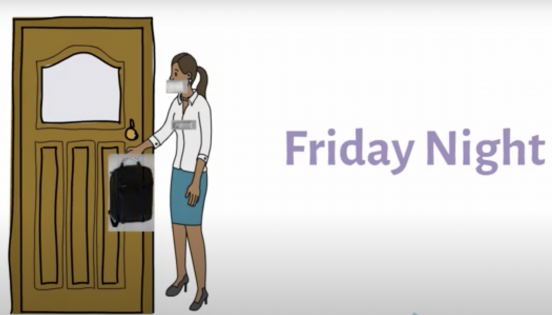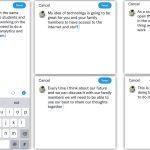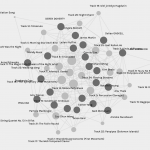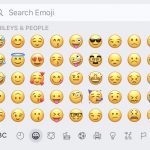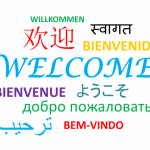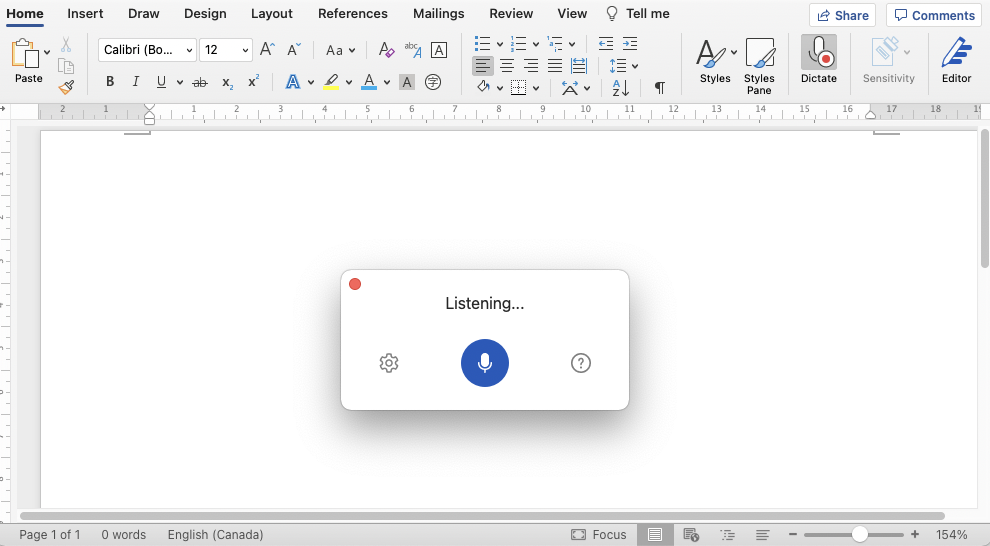Mode-bending
What is in my bag? Again!
I hope you have enjoyed watching this short video in which a combination of audio and visual (still and moving) was included.
The Re-design
The original purpose of task 1 was to introduce myself to my instructor and peers through a write-up about the items in my bag. The most exciting aspect of this approach compared to the traditional “tell us something about you” is that the message is already there in front of us.
Every item speaks something about us, and our job is to say what it is, but in what way? This redesign task allowed me to rethink what is the “new” that I can make of the “old materials” that better serve the purpose of the task? (NLG, 1996)
The “what is in my bag” image includes all items in my bag. Apart from the written text on it, the unspoken text says a lot more about me. I thought if the context of when and how the items in this bag are used, the audience may better understand the message that these items convey, therefore, a better understanding of me as the task entails.
The Production
In the production of this video, I chose to grey out the items from my bag to tell them apart from the other images, such as the background and the female figure.
I first made a simple animation based on my Friday night shift and recorded my audio along with the images. Then I added the sound effects to the video so that if my pronunciation was not clear enough, people could still tell what happened based on the sound effects.
After watching a brief overview of how my shift goes, I want to offer the audience another opportunity to see what is in my bag. I initially plan to include an H5P image hotspot, but I was worried about it may not populate properly in this blog (just as the twine task), so I had made one using ThingLink and recorded how it would look if someone is pointing the cursor at different items, with text in English and Simplified Chinese.
At last, I included upbeat background music because I want to express that even though I had to work a lot of Friday nights (some may think it is hard or too much), it is actually an enjoyable part-time gig for me. I get to have some quiet time doing my school work, chat with teenagers, learn lots of new stuff, and supervise them doing fun activities such as pumpkin carving, plus the school cafeteria is great!
The Reflection
As mentioned earlier, my redesign is to put the audience into the context where these items are used. I had greyed out these items in the video so the audience could recognize those instantly.
With the help of the background music, sound effects, and my narrative, it is easier for the audience to understand the occasion these items have been used. Hopefully, that presents a more comprehensive message about me.
Are audio-visual modes dominating written modes, or is writing actually seeing a resurgence?ETEC 540 64B 2021W1 Text Technologies: The Changing Spaces of Reading and Writing 2021W1
[7.4] The Educated Imagination in the Information Age: Redefining our Understandings of Literacy
I don’t find audio-visual modes dominating written modes or writing seeing a resurgence, I see both methods working together to deliver a message better than ever.
If we are only using writing, we will spend a lot of time describing the context to the readers. This may seem appealing to the readers who appreciate text written beautifully about the context, but for some, they just want to skip to the part that says how the story goes. With the help of audio-visual, you can show the audience the context rather than describe it. The human interpretation is gone. Instead, everyone has their own interpretation of what they see. However, the text is not being suppressed in this case either, it is being used to highlight the most significant pieces of information. For example, in my video, there is an image of chairs and desks with the sound effect of a restaurant. Different people may read the visual and audio differently. The message I was trying to send is that there is one supper during my Friday night shift, which is presented by the text “supper.”
I don’t think between audio-visual, one has to suppress the other necessarily. In most cases that I am using both, they complement each other. However, I do agree with Ong (2002) that our cognitive processes and how we communicate will shift as the modes shift. For example, the beautiful descriptive language of a setting will not be needed if we just use an image of that setting. This seems effective, but we actually lose the chance to see how others would have described this (their perspective, their use of language). As technology develops, we may not need to learn many languages, just have a plug-in (in our head maybe) that teaches us to express something in one way (may not even be a language). This may also seem more effective, but the culture and beauty of different languages will disappear even if we preserve it in both written and audio-visual ways because the oral communication part of a language relies on people to speak it to keep it alive.
What is the "information age" and does it mean to be educated in the information age?ETEC 540 64B 2021W1 Text Technologies: The Changing Spaces of Reading and Writing 2021W1
[7.4] The Educated Imagination in the Information Age: Redefining our Understandings of Literacy
I don’t plan to answer this question here with my limited knowledge, but this is a great question for me to review every once in a while as I am sure the notion changes with time. I remembered my professor’s comment on this about 15 years ago. He said that society does not require top experts (the ones who have everything engraved in their heads) in every job, it needs experts who know where to find information, and can find the information quickly whenever need, and are able to transform this information into daily practice.
What do you think?
References
Ong, W. J. (2002). Orality and literacy: The technologizing of the word. Routledge.
The New London Group. (1996). A pedagogy of multiliteracies: Designing social futures. Harvard Educational Review 66(1), 60-92.
